It’s the best feeling in the world. You’ve finally worked out your camera settings and you’re taking beautiful portraits and close ups with that beautiful Blurry background. That was my experience anyway.
Then I started thinking that I’d like a wider lens to shoot some landscapes so I went and got myself a brand new Canon EF 16-35 f/2.8, got all excited and went out to start photographing some magic… Except the shots I was getting were far from magic. I’d actually probably describe them as being more flat and lifeless with not a lot of substance.
What was going on? All the pics I was taking on my 24-70mm f/2.8 looked fantastic… Where was I going wrong?
From this experience I quickly learned that using a wide angle lens was 1. A massive learning curve, and 2. The best thing I ever did to become a better photographer and 3. Took a lot more thought than just pointing and shooting.
Here are some of the tips and tricks I learnt on how to get better at taking photos with a wide angle lens and that helped me become a better overall photographer.
1. Find the lines
As you get used to your wide angle lens and pay more attention to angles you’ll start to notice lines in your composition. Lines can help draw the eye to what you want to be the focus of your photos (leading lines). Using leading lines the right way will improve your photography instantly.
– Things like roads, fences, board walks, creeks and power lines provide great leading lines.
– Try having your main focus placed where two lines meet to emphasise it’s importance.
– Lines running from the front of your image to the back can be a great way to draw the eye deep in to the image as if on a journey through the image
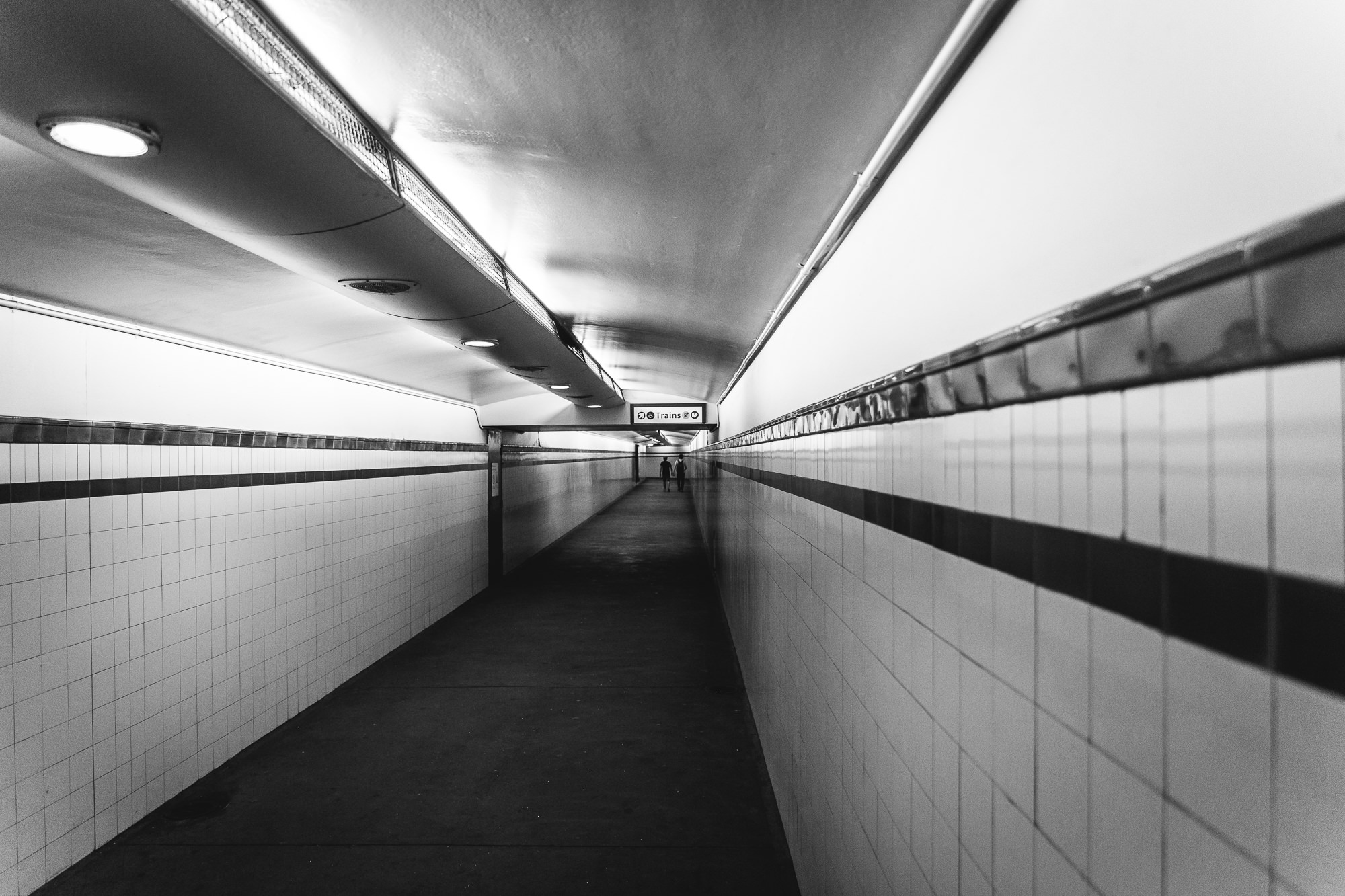
2. Add some foreground
Another way to stop your images feeling flat is to frame something in to the foreground. If you’re on the beach photographing the sunrise throw a piece of drift wood on the sand just in front of you. If you’re in the forest photographing waterfalls frame in some rockery in to the foreground.
Just slightly adjusting your framing to contain a foreground element can be the difference between a “meh, it’s kind of ok” to a “OMG, I’m awesome!”… Maybe. Anyway adding a foreground element gives the photo depth and takes away that flat feeling.
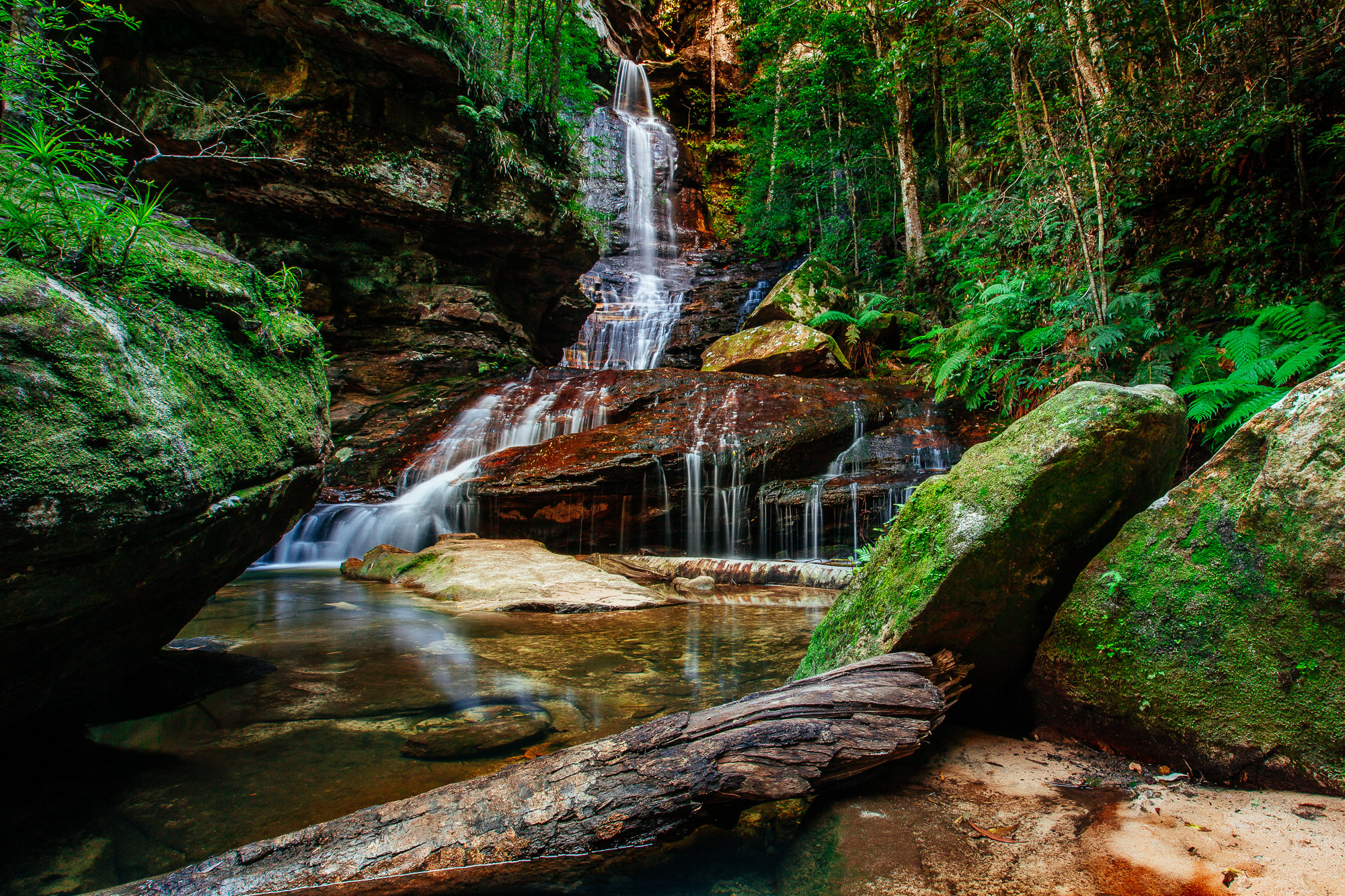
3. Go low… Or high
This is an easy one (unless you have bad knees). Next time you’re setting up your shot and you look at the back of you’re camera wondering where the magic is… Try taking the same photo from a low angle.
This tip can work in well with you’re leading lines. Next time you’re on a board walk try lying on the ground to take the photo with the boards running from your camera to your subject.

4. The sky is your friend
Partly cloudy days are a landscape photographers best friend. Set up your next landscape composition framing in 2/3 of the sky. This can add an incredibly dramatic element to your photos. Clouds create a different feel every time so use them as much as you can.
*Depending on the shooting conditions you may want to try using a soft grad filter, or try bracketing your photo (take multiple exposures of the same photo).
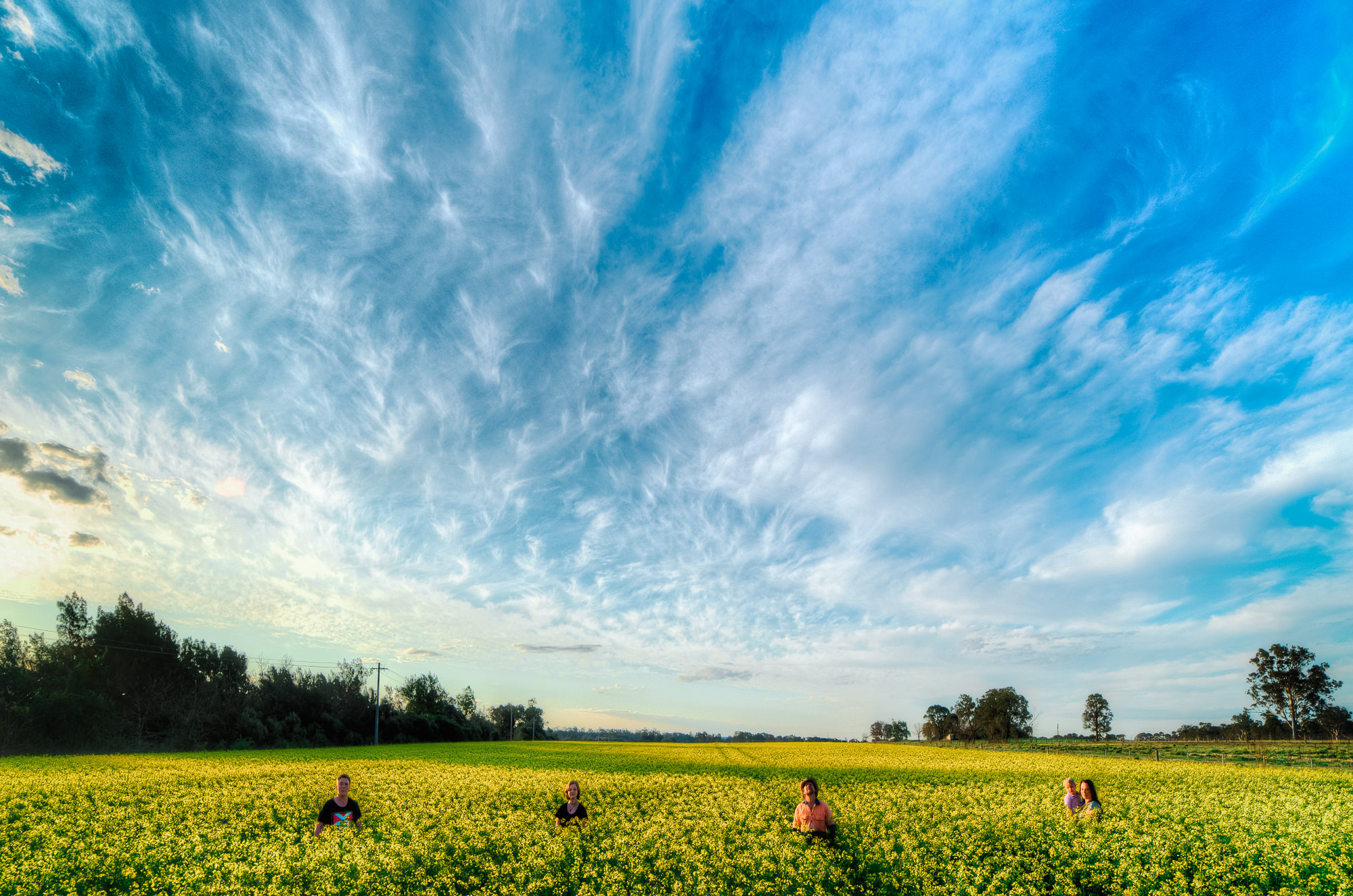
5. Landscapes aren’t your only option
For many new photographers It’s not uncommon to think that wide angle lenses are just for landscapes, but landscapes are really just the tip of the iceberg. They are great for other types of photography and give a real edge and new dimension to the way they are approached.
Having a wide angle lens means that you can bring more of the environment in to your photography. So even though your subject may take up the same amount of space in your composition… you are able to introduce other elements in without having to move further back making your subject smaller in the fame. Example below.
*make sure you avoid getting to close to people’s faces with wide angle lenses as they have a tendency to distort faces the closer you get.
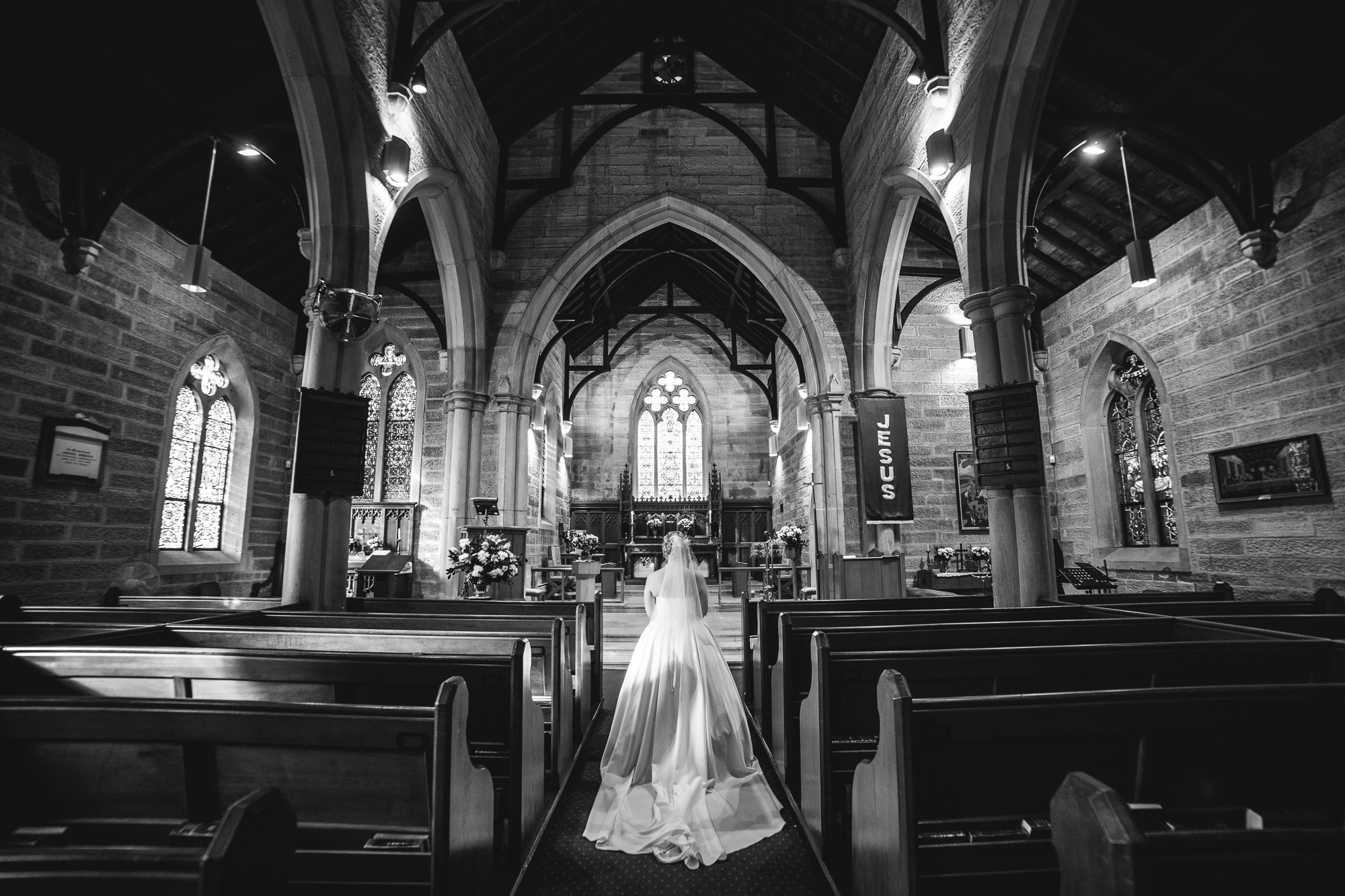
6. Play with distortion
Wide angle lenses have a tendency to distort the image. Horizon distortion can be limited by ensuring your camera is level, not just horizontally but vertically as well. Lightroom also generally auto corrects distortions on import.
You may however not want your photo corrected. Sometimes it’s nice to play with distortion in your photography. Getting nice and close to an object and framing in an interesting background around it can be a fun trick to try out, and produce great results.

7. Avoid aliens
No I don’t mean start prepping for D-Day, though hopefully you already are ; ). When photographing people on a wide lens not only do you need to make sure you don’t distort their face by getting too close… You also need to be careful you don’t have them to close to the edge of frame.
This creates an effect I like to call ‘alien head’. Because of the the way wide angle lenses are if you have someone’s head near the edge of frame the distortion starts to extrude the head giving an alien head type effect. Alien head is not a good look in photos, unless you have some sort of strange attraction to people with odd shaped heads. Hey, I’m not judging.
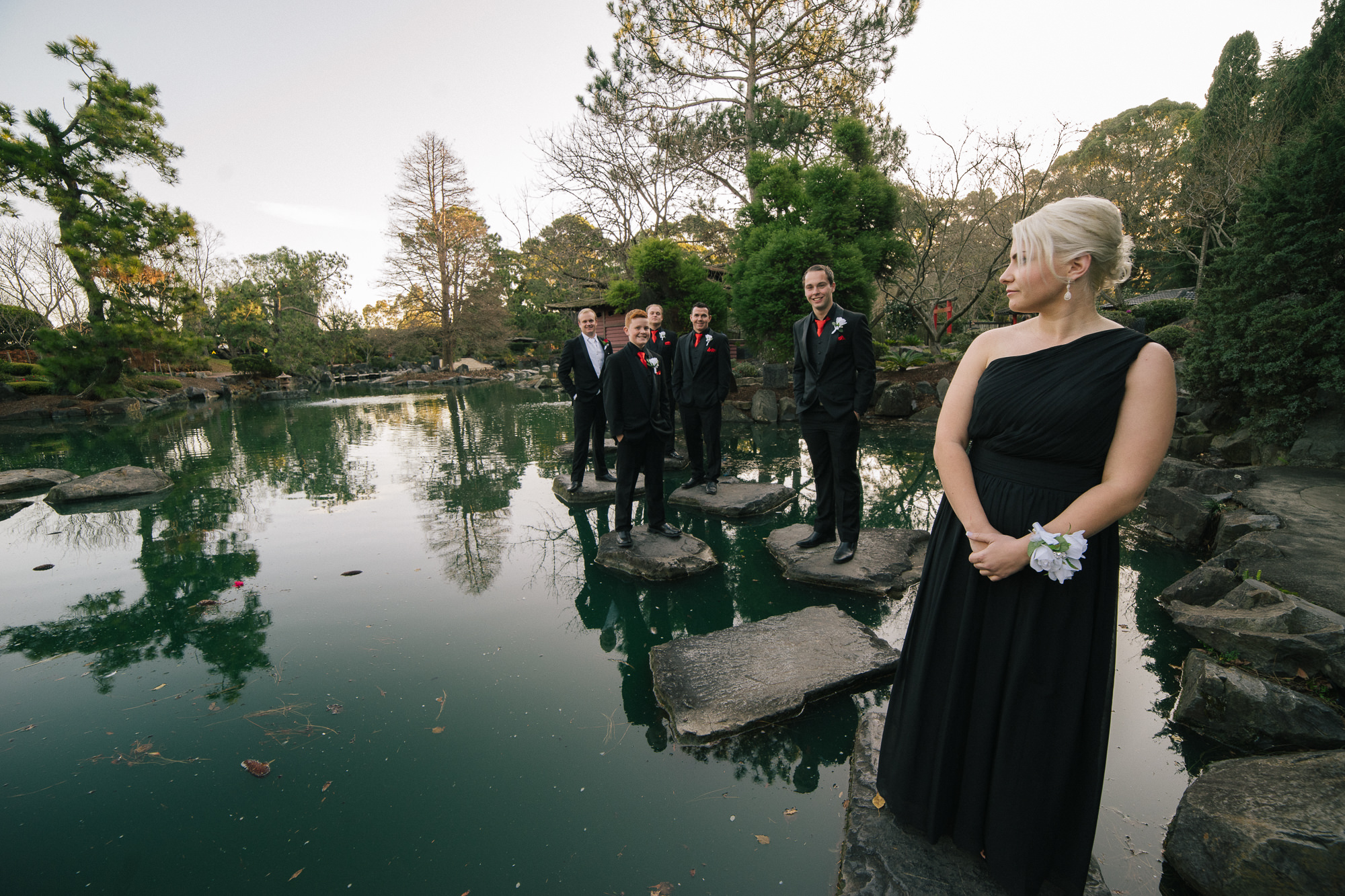
Conclusion
All of these tips fall under the most important rule of photography which I think is the key to taking your photography skills to the next level – Composition. Once you learn the art of composition it starts to dramatically change the way you approach your photography… So much so that you’ll find yourself mentally composing shots while you walk down the street, even when you don’t have your camera. It also means you can pick up any camera – even your smartphone and take nice photos.
Bonus tip – Try going on a photo walk just using your smartphone. They are generally around a 28mm equivalent focal length and perfect for practicing your composition skills forcing you to use the one focal length (no cheating with digital zoom! I’ll know.).
Remember to sign up to the Photography Obsessed email list so you can be notified whenever new awesome tips are posted.



Leave a Comment